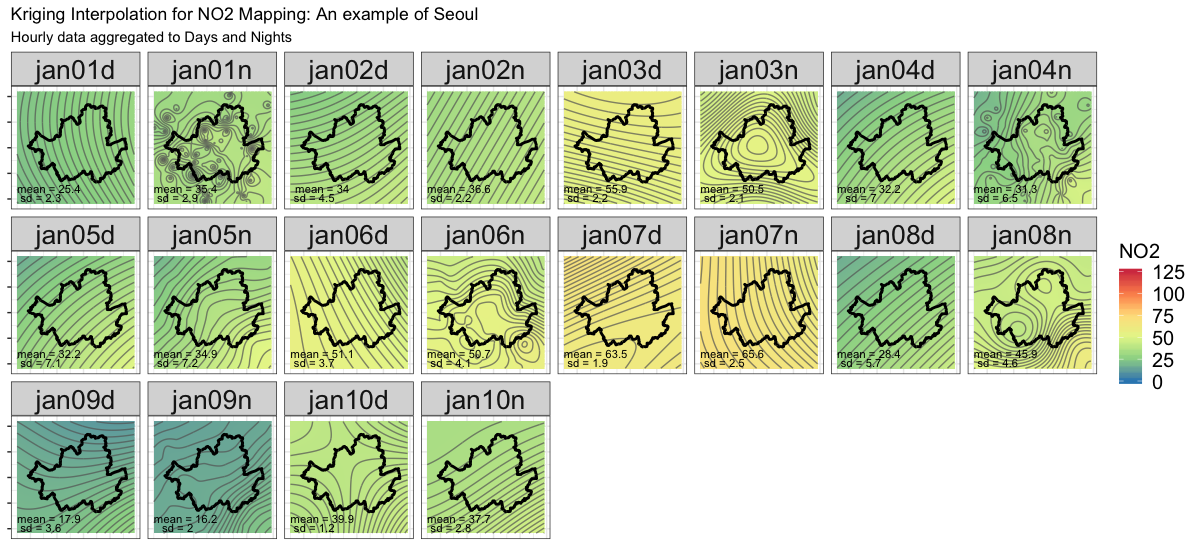Hi Robin - here's my entry to the 'best reproducible map' competition. The R code retrieves and plots allotments from OpenStreetMap for your chosen Local Authority.
library(sf) ; library(osmdata) ; library(tidyverse) ; library(tmap)
#> Linking to GEOS 3.6.1, GDAL 2.1.3, PROJ 4.9.3
#> Data (c) OpenStreetMap contributors, ODbL 1.0. http://www.openstreetmap.org/copyright
#> Warning: package 'tibble' was built under R version 3.5.2
#> Warning: package 'tidyr' was built under R version 3.5.2
#> Warning: package 'purrr' was built under R version 3.5.2
#> Warning: package 'dplyr' was built under R version 3.5.2
#> Warning: package 'stringr' was built under R version 3.5.2
#> Warning: package 'tmap' was built under R version 3.5.2
lad <- URLencode("Manchester")
boundary <- st_read(paste0("https://ons-inspire.esriuk.com/arcgis/rest/services/Administrative_Boundaries/Local_Authority_Districts_April_2019_Boundaries_UK_BGC/MapServer/0/query?where=lad19nm%20=%20%27", lad, "%27&outFields=lad19cd,lad19nm,long,lat&outSR=4326&f=geojson"))
#> Reading layer `OGRGeoJSON' from data source `https://ons-inspire.esriuk.com/arcgis/rest/services/Administrative_Boundaries/Local_Authority_Districts_April_2019_Boundaries_UK_BGC/MapServer/0/query?where=lad19nm%20=%20%27Manchester%27&outFields=lad19cd,lad19nm,long,lat&outSR=4326&f=geojson' using driver `GeoJSON'
#> Simple feature collection with 1 feature and 4 fields
#> geometry type: POLYGON
#> dimension: XY
#> bbox: xmin: -2.319919 ymin: 53.34012 xmax: -2.146828 ymax: 53.54461
#> epsg (SRID): 4326
#> proj4string: +proj=longlat +datum=WGS84 +no_defs
coords <- st_bbox(boundary) %>% as.vector()
osm <- opq(bbox = coords) %>%
add_osm_feature(key = "landuse", value = "allotments") %>%
osmdata_sf()
osm_polygons <- osm$osm_polygons
names(osm_polygons$geometry) <- NULL
feature <- osm_polygons %>%
st_transform(st_crs(boundary)) %>%
st_intersection(., boundary)
#> although coordinates are longitude/latitude, st_intersection assumes that they are planar
#> Warning: attribute variables are assumed to be spatially constant
#> throughout all geometries
tmap_mode("view")
#> tmap mode set to interactive viewing
tm_shape(boundary) +
tm_fill(
col = "#DDDDCC",
alpha = 0.5,
popup.vars = c("Name" = "lad19nm")
) +
tm_borders() +
tm_shape(feature) +
tm_fill(
col = "#7cfc00",
popup.vars = c("Name" = "name")
) +
tm_borders() +
tm_layout(title = paste0("Allotments in ", lad)) +
tm_basemap(server = "Esri.WorldGrayCanvas", alpha = 0.5)
Created on 2019-04-18 by the reprex package (v0.2.1)








Entries are welcome for 'best reproducible map' and 'most creative map'. This competition coincides with the GISRUK 2019 conference and at least 1 of the prizes will go to attendees of the R course we are teaching there based on the book.
Criteria for 'best map'
Criteria for 'most creative map'
Please paste your entries here, as with the previous competition #371